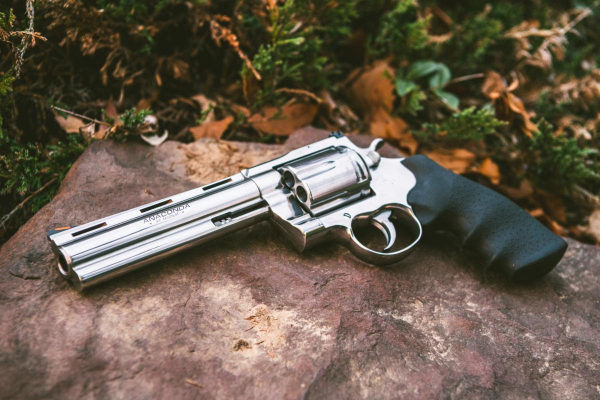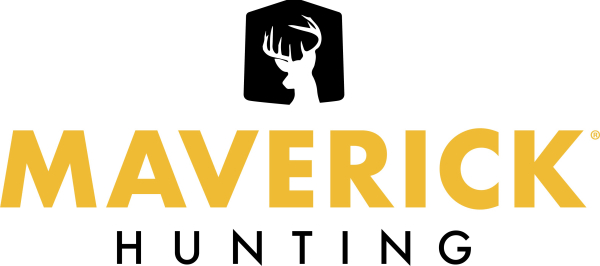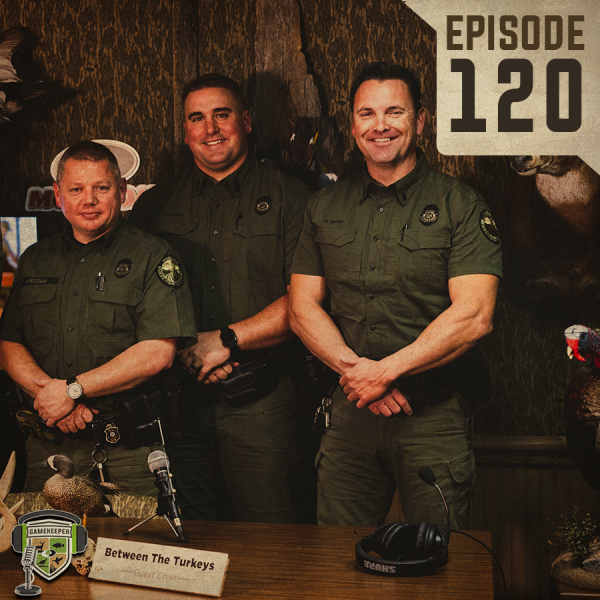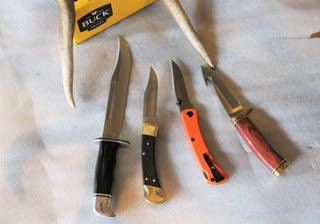Hunting Coalition Files Supreme Court Amicus Brief

The Sportsmen’s Alliance Foundation (SAF), together with the Alaska Professional Hunters Association (APHA) and the Alaska Outdoor Council (AOC), filed an amicus brief in support of the state of Alaska’s petition asking the U.S. Supreme Court to review a 9th Circuit Court of Appeals decision that holds that federal agencies have carte blanche authority to regulate hunting on federal lands in Alaska.
This case originated as a dispute about bear hunting methods on the Kenai National Wildlife Refuge when the United States Fish & Wildlife Service (FWS) wrote a rule in 2015 prohibiting certain methods of take previously approved by the state of Alaska to effectively manage the brown bear population.
Alaska filed for a petition for writ of certiorari seeking U.S. Supreme Court review of the 9th Circuit decision last month, which the hunting coalition supported with their filing today. Notably, this is one but of a number of cases where SAF and other hunting organizationshave engaged in litigation to protect hunters and state officials from overbearing federal agencies, which have traditionally left the specifics of hunting and hunting seasons to the states on the majority of game species.
“This case is about much more than hunting rules on the Kenai Refuge. In recent months, we’ve seen time and again the FWS and other federal agencies attempting to wrest control of fish and wildlife decisions away from the states, and when this happens, hunters typically lose and lose big,” said Todd Adkins, vice president of government affairs at the Sportsmen’s Alliance Foundation.
More than for any other state, it is firmly spelled out in Alaska state law and federal laws specific to Alaska that hunting plays a strong and important role in the state’s heritage and that the state should generally control season dates, methods of take and bag limits.
These principles, followed for decades, are enshrined in the Alaska state constitution, Alaska National Interest Lands Conservation Act, the National Wildlife Refuge System Improvement Act of 1997 (NWRSIA), and the Alaska Statehood Act. Read more







